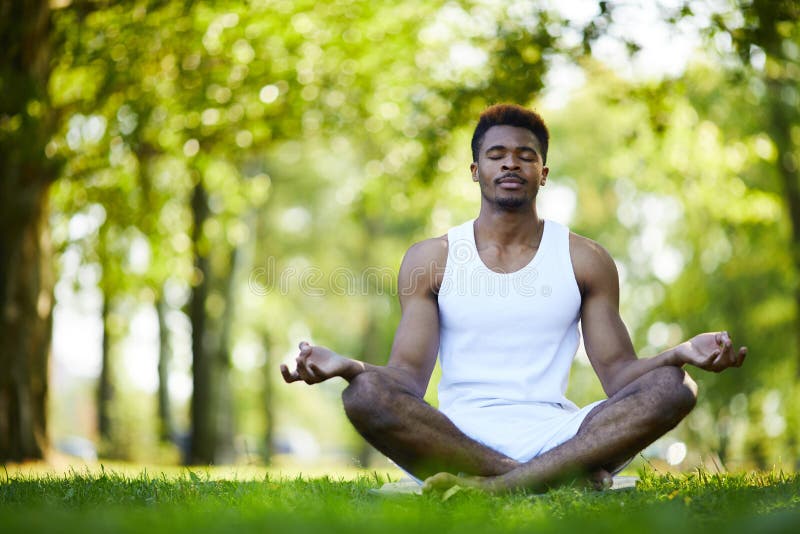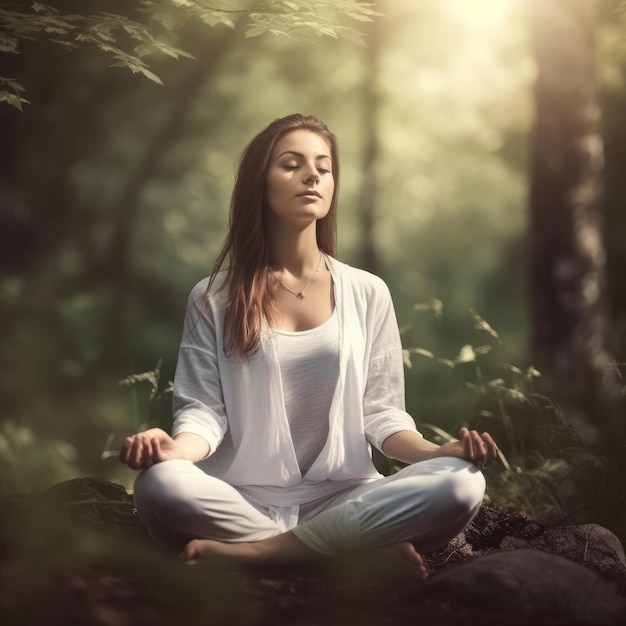How to Meditate? Exploring Different Methods for a Tranquil Mind
How to Meditate? Exploring Different Methods for a Tranquil Mind
Blog Article
Exactly How to Meditate: A Step-by-Step Technique to Getting Mindfulness and Calmness
Meditation serves as a powerful tool for accomplishing mindfulness and psychological tranquility in a hectic globe. By comprehending the fundamental principles and strategies entailed in reflection, people can grow a technique that boosts their overall well-being.
Comprehending Meditation
Understanding meditation involves understanding its essential concepts and methods, which serve as the foundation for the practice. At its core, meditation is a psychological workout intended at advertising leisure, developing internal energy, and creating empathy and understanding. The practice urges individuals to concentrate their focus, commonly with methods such as deep breathing, visualization, or mantra repeating.
Meditation can be categorized right into different designs, consisting of mindfulness, transcendental, and loving-kindness meditation, each with distinct objectives and methods. Mindfulness meditation emphasizes present-moment understanding and non-judgmental observation of thoughts and sensations, while transcendental reflection involves the usage of details rules to transcend average mind. Loving-kindness reflection concentrates on developing a mindset of love and compassion in the direction of oneself and others.
Despite the technique utilized, the main goal stays constant: to grow a much deeper understanding of the mind and its patterns. This self-awareness fosters psychological durability, clarity of idea, and a profound feeling of calm (How to meditate?). By recognizing these concepts and methods, people lay the groundwork for an effective meditation practice that can substantially enhance their general health
Getting Ready For Your Practice
Before starting your reflection method, it is important to develop an environment favorable to concentrate and relaxation. Select a silent area where you are not likely to be interrupted. This might be an edge of an area, a garden, or any area that evokes a sense of tranquility. Make certain that the area is cost-free and clean of mess, as a clean environment can help remove the mind.
Consider the illumination, as all-natural light can boost your state of mind and power. Soft, cozy lights is typically a lot more relaxing than severe fluorescent lights. Furthermore, pick a comfy temperature level, making certain that you are neither too hot nor too cold.
Incorporating elements that promote harmony can better boost your experience. This could consist of soft pillows or blankets for comfort, as well as soothing aromas from essential oils or incense. It can additionally be beneficial to have actually a timer established for your reflection session to stop interruptions from clock-watching.
Basic Meditation Strategies
:max_bytes(150000):strip_icc()/woman-couch-meditation-breathing-56a905355f9b58b7d0f75f55.jpg)
An additional effective method is body scan meditation. This includes emotionally scanning your body from head to toe, observing any kind of areas of tension or pain and consciously unwinding those muscular tissues. This practice promotes a much deeper link between your mind and body.

Finally, loving-kindness meditation focuses on growing concern in the direction of on your own and others. Calmly repeat expressions of goodwill, boosting psychological health and interconnectedness. Each of these strategies acts as a foundation for your reflection journey, allowing you to locate the technique that reverberates best with your individual method.
Maintaining Emphasis and Mindfulness

Developing a committed reflection space can enhance the ability to maintain mindfulness. A quiet, uncluttered atmosphere lessens diversions, permitting for much deeper immersion in the method. Furthermore, setting a time frame can assist manage expectations; starting with much shorter sessions might alleviate the shift into longer methods.
Utilizing strategies such as body scanning or observing sensations can also bolster mindfulness. These approaches urge professionals to remain present and engaged with their physicality, securing their interest in the moment. Regular method is vital; find out this here the brain constructs strength gradually, producing a stronger capacity for emphasis.
Incorporating Reflection Into Every Day Life
Incorporating reflection right into day-to-day live can change regular tasks right into opportunities for mindfulness and self-reflection. By incorporating mindfulness methods into usual tasks, people can grow a greater feeling of existence and tranquility among the busyness of day-to-day life.
Begin by identifying moments throughout your day where you can practice and stop briefly mindfulness. Also ordinary activities like strolling or cleaning dishes can end up being possibilities for reflection by directing your interest to the experiences of movement and the noises surrounding you.
In addition, reserving dedicated times for meditation can website here strengthen its method. Beginning with short sessions, slowly enhancing period as you come to be more comfortable. Use tips or signs-- like a specific time of day or a calming noise-- to develop consistency.
Ultimately, the goal is to weave mindfulness into the fabric of life, allowing you to approach each moment with purpose, therefore boosting your general sense of well-being and clarity.
Conclusion
To conclude, reliable reflection calls for a silent atmosphere, a comfortable position, and an emphasis on the breath. By permitting ideas to occur without judgment and regularly redirecting attention to the breath, specialists can achieve boosted mindfulness and peace. Incorporating various techniques, such as body scanning and loving-kindness phrases, can further enhance the technique. Normal reflection, even briefly sessions, promotes a much deeper connection to the here and now moment, ultimately bring about higher calm and psychological clearness in day-to-day live.
Reflection can be classified into different designs, consisting of mindfulness, transcendental, and loving-kindness meditation, each with unique purposes and methods. Mindfulness meditation emphasizes present-moment recognition and non-judgmental observation of ideas and sensations, while copyright entails the use of certain mantras to go beyond normal thought processes.With your reflection room prepared, it's time to explore different standard meditation methods that can help cultivate mindfulness and internal tranquility.Regularly preserving emphasis and mindfulness throughout meditation can Continued be difficult, specifically for those new to the method.Developing a dedicated meditation area can improve the capacity to maintain mindfulness.
Report this page